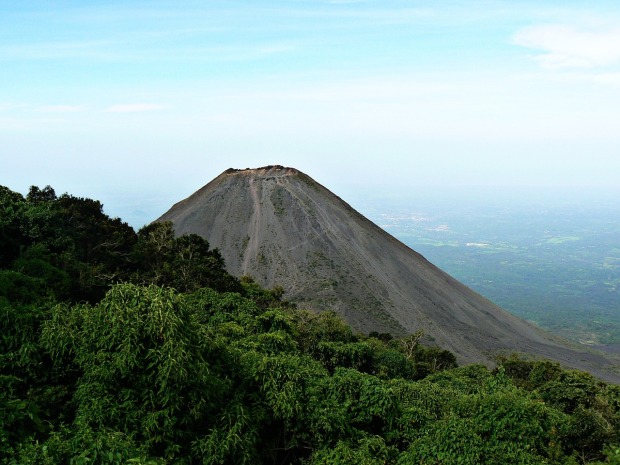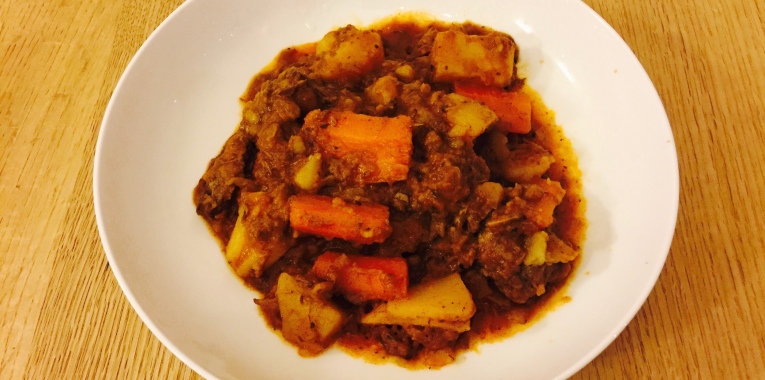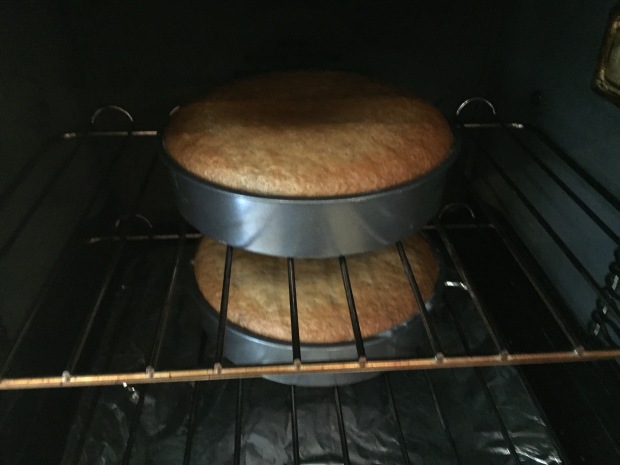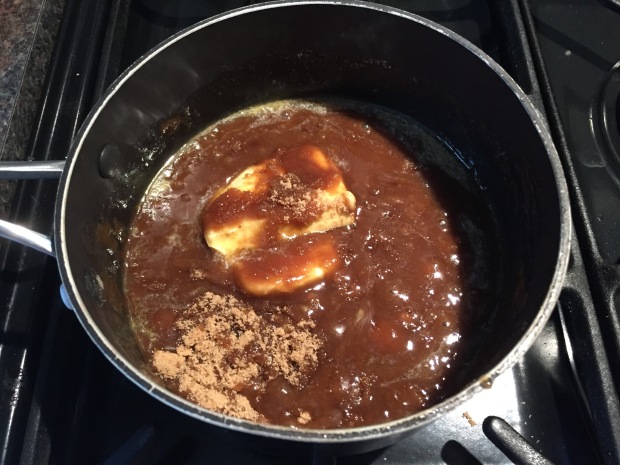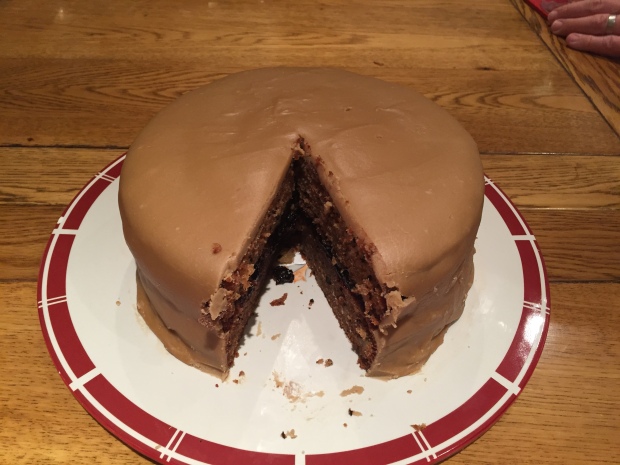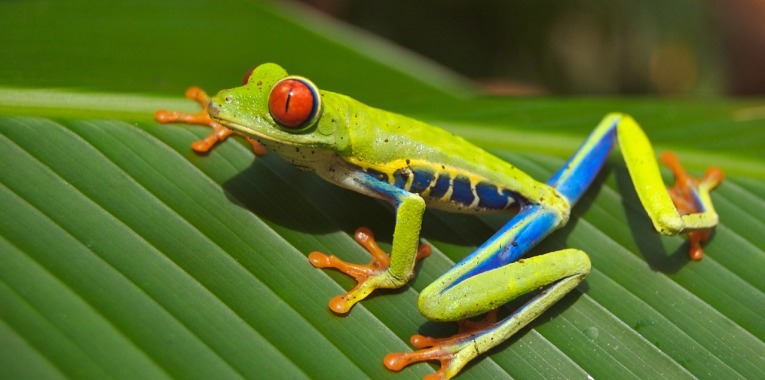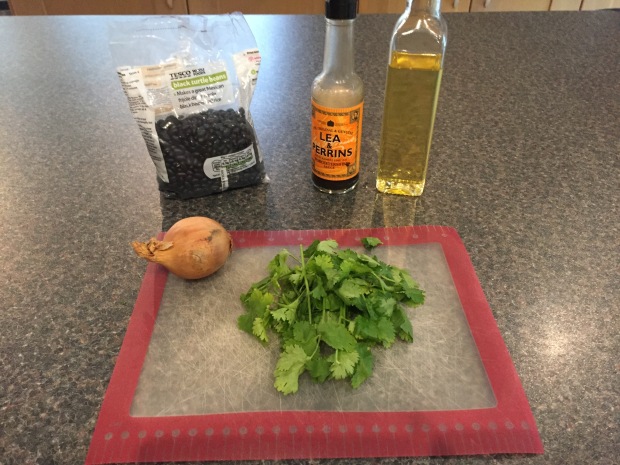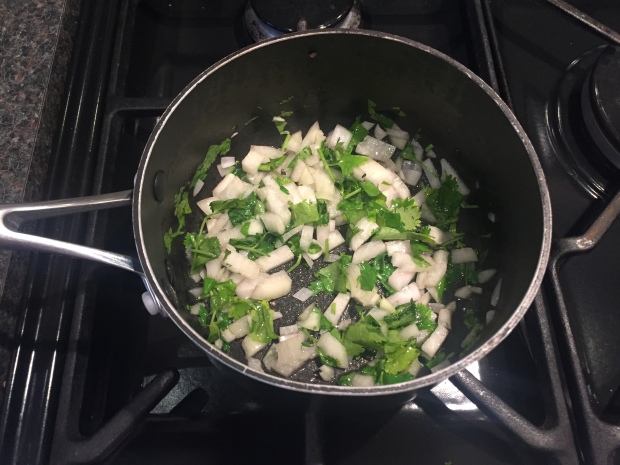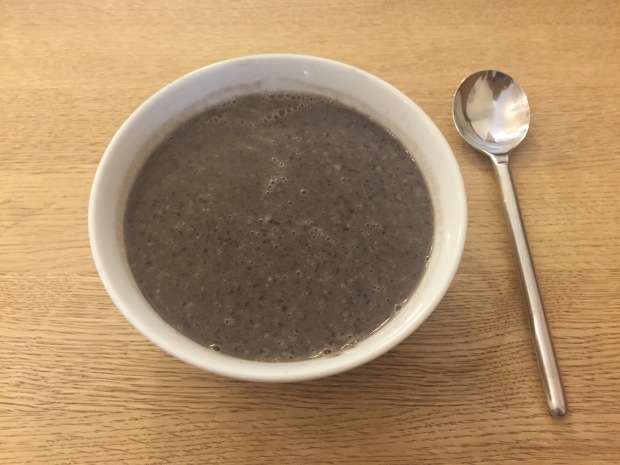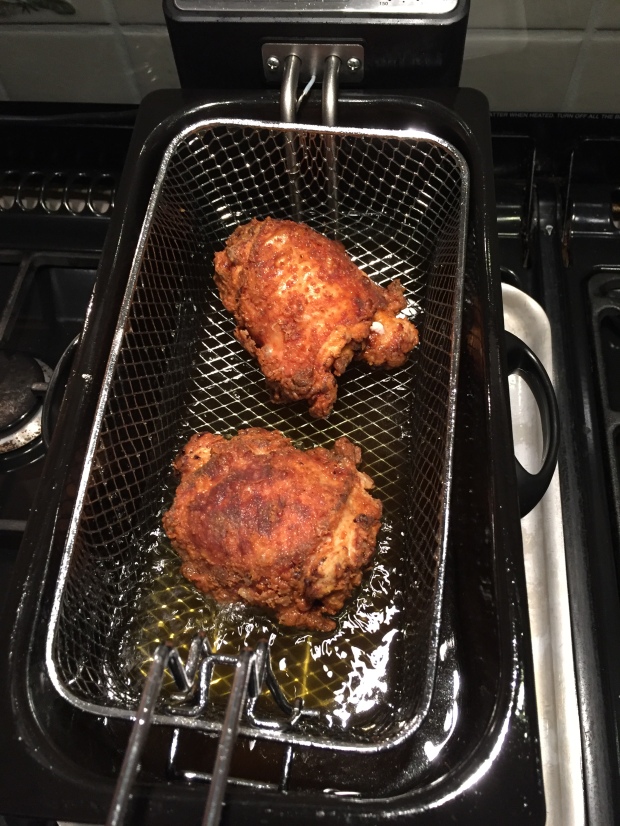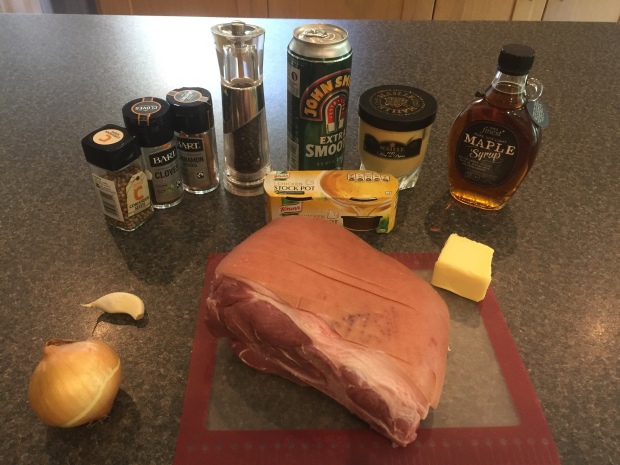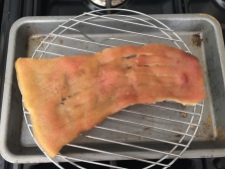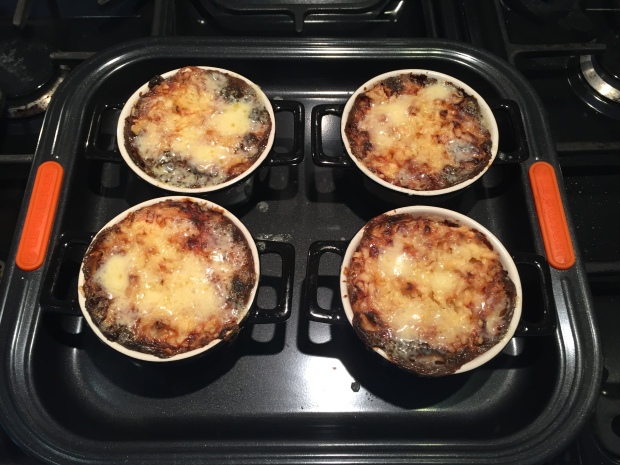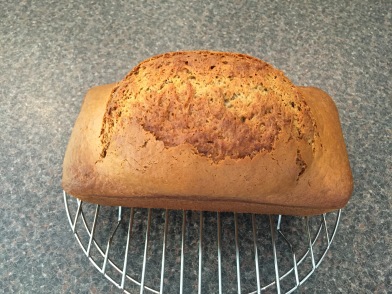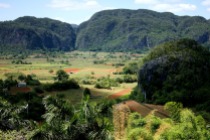El Salvador, literally “The Savior” was named by Conquistador Pedro de Alvarado, who was the first governor until his death in 1541. The history of El Salvador has been a struggle against many conquistadors, empires, dictatorships and world powers. As the smallest country in continental America, El Salvador is affectionately called Pulgarcito de America (the “Tom Thumb of the Americas”). There have been many destructive earthquakes and volcanic eruptions. The capital San Salvador was destroyed in 1756 and 1854, and it suffered heavy damage in the 1919, 1982, and 1986 tremors. Santa Ana Volcano is the highest volcano in El Salvador at 7,760 feet above sea level.
There are eight species of sea turtles in the world, four of which make their home on the Salvadoran coast: the Leatherback turtle, the Hawksbill, the Green Sea turtle and the Olive Ridley. Since 2008, FUNZEL (the Zoological Foundation of El Salvador) has established more than 15 incubation hatcheries that receive eggs from more than 44 beaches in El Salvador. They have released more than 3 million sea turtle hatchlings from all four species.
El Salvador is a popular destination for surfing. There is surf all along the coast but a good place to start is La Libertad with waves like The Pier, La Paz and Playa Conchalio that are great for beginners. The ultimate waves are Punta Roca in the west, and Las Flores and Punta Mango in the east.
Traditional Salvadoran cuisine consists of food from Native American cuisine, indigenous Lenca, Maya, Pipil and European Spanish peoples. Popular dishes include Pupusa (stuffed corn tortilla), Salvadoran enchiladas, Yuca frita (deep fried cassava), Pan con pollo/pavo (turkey or chicken-filled submarine sandwiches), Lomo entomatado (beef with tomatoes), Ceviche de camarones (lime-cooked shrimp), Salvadoran Albóndigas (meatballs), Pescado empanizado (breaded, fried fish fillets) and Maria Luisa (layered cake soaked in marmalade). I opted to cook Carne guisada (saucy beef with potatoes and carrots) which was unctuously delicious.
Rating: 9/10
Serves: 4
Prep time: 15 minutes
Cook time: 3 hours
Achiote paste:
1 1/2 tablespoons paprika
1 tablespoon white vinegar
3/4 teaspoon dried oregano
1 garlic clove, minced
1/4 teaspoon ground cumin
600g beef (chuck steak)
salt
pepper
2 tbsp vegetable oil
¼ cup red cooking wine
¾ cup water, plus water to cover
2 bay leaves
1 tsp achiote
1 cup chopped tomatoes or passata
1 tsp minced garlic
¼ cup diced onion
1 tsp basil
1 tbsp Worcestershire sauce
6 large carrots, cut in large chunks
1 to 1.5 lbs. potatoes (or yucca), cut in large chunks
Make the Achiote paste by blending all the ingredients together in a pestle and mortar
1. Pat the chuck roast with a clean, dry paper towel to remove any excess moisture. In a stainless steel pan, heat 2 tablespoons vegetable oil over high heat. Season the chuck roast with salt and pepper. When the oil is very hot and begins to smoke a little, carefully place the chuck roast in the pot. Do not move or attempt to lift the chuck roast while it’s searing. Shake the pan a little once in awhile to see if it’ll come loose on its own. When it easily comes loose on its own, that means it’s finished searing, (about 1 to 2 minutes.) There should be a nice crust on the meat. Carefully flip it over and sear the other side.
2. Remove the chuck roast to a plate while you deglaze the pan. How to deglaze the pan: Add ¾ cup water and ¼ cup red cooking wine to the pan immediately after you remove the meat. Scrape the bottom of the pan with a wooden spoon to remove any bits that are stuck to it. Stir boiling 1 to 2 minutes. Remove from heat. This “base” liquid will add a lot of flavor and we’re going to add it to the pot where we cook the meat the rest of the way.
3. Cut the meat into large chunks and put into a large pot with the “base” liquid. Add enough water to cover (for me it was 4 cups.) Add the bay leaves and achiote. Bring to a slow simmer and cover. Cook slowly on low heat for tender meat. If you cook it faster on higher heat the dish won’t be completely ruined or anything, but the meat will be much less tender, so avoid boiling. If the liquid comes to a boil, lower the heat. I cooked mine for about 2 hours and the burner was around the “2” setting on my stove. After 30 minutes to an hour, you may see that the meat is already cooked through but if you try to pull it apart with a fork, you won’t be able to – This means the meat has not cooked long enough. Trust me, cook it to around 2 hours and you will see how tender it becomes.
4. In a blender, combine tomato sauce, garlic, onion, basil, and Worcestershire sauce. Blend until combined. Add to the pot. (Don’t do this until the meat is done cooking or nearly done cooking.) Also add the carrots and potatoes to the pot. Simmer covered until vegetables are fork tender. Remove from heat. Do not cook too long after adding the vegetables as you don’t want them to get mushy. Add salt to taste.
Optional: If you prefer to thicken the sauce (I do), you can remove one cup of the liquid and whisk in a few tablespoons of flour, then add the thickened liquid back to the pot. Tip: Do not add flour directly to the pot. It must be whisked to combine properly and you can’t do that with the meat and vegetables in the way.
Serve with rice and tortillas







